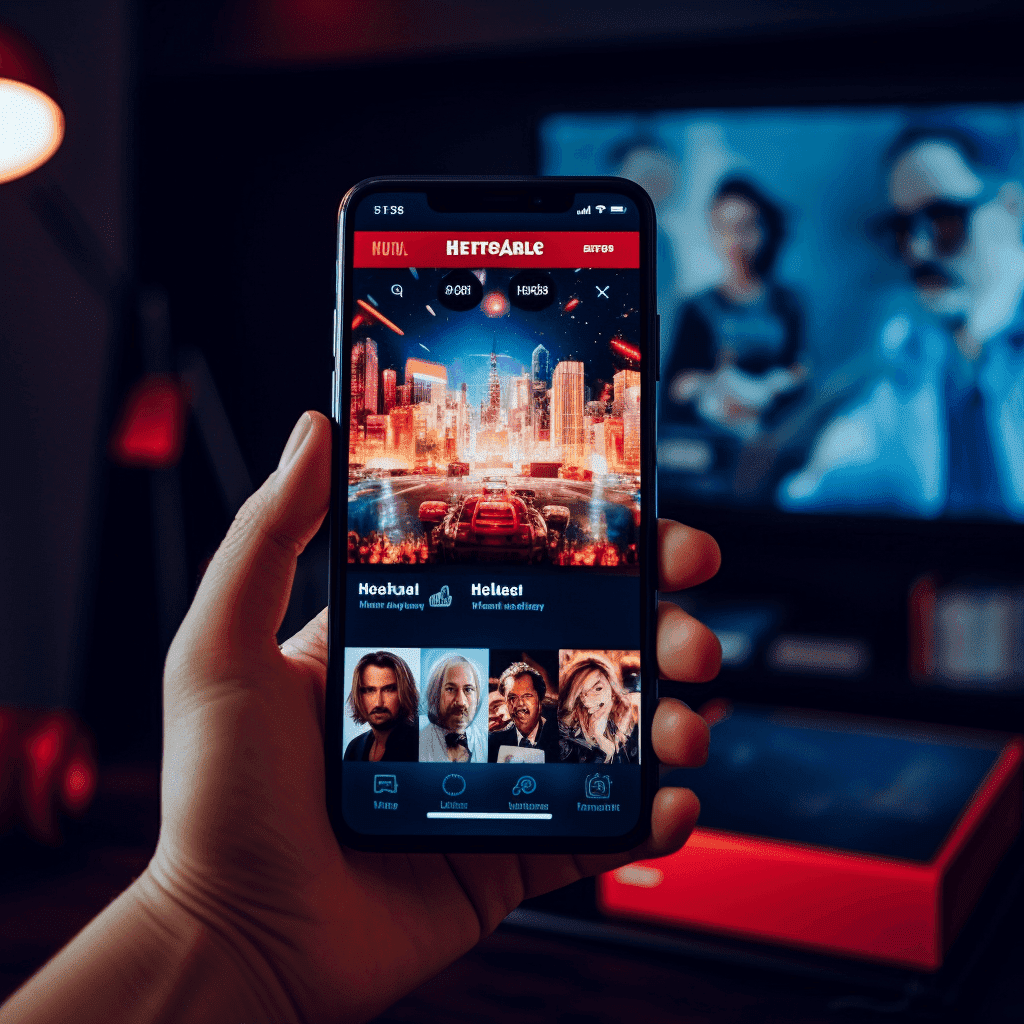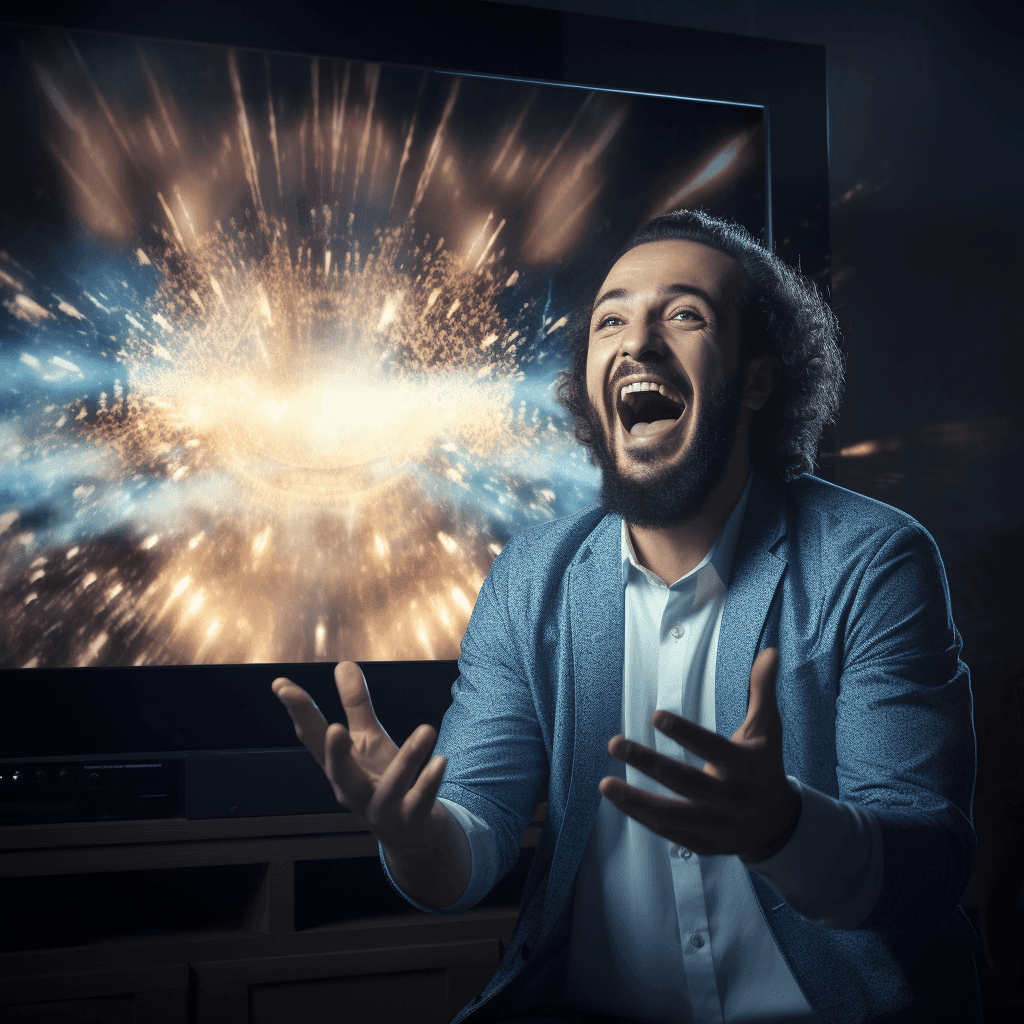Ad Blocker Detected
We use ads to keep this site running, so please consider disabling your ad blocker. Thank you!
Do not know how to disable ad blocker? Check out this article: How to disable ad blocker?
What's After the Blog?
Criticism • Fan Theories
The Power of the Movie Villain: Crafting Compelling Antagonists
Dive into the art of crafting compelling movie villains, exploring their crucial role in storytelling and their lasting impact on cinema's legacy.
March 6, 2024

The Power of the Movie Villain: Crafting Compelling Antagonists
Introduction: The Role of Villains in Storytelling
In the world of cinema, villains play an integral role in shaping narratives and providing depth to stories. Far from being mere adversaries for the protagonists, movie villains often embody the central themes of a film and challenge heroes in ways that are crucial to their development. The impact of a well-crafted antagonist can be profound, resonating with audiences long after they leave the theater. Villains in movies often reflect societal fears and challenges of their time, making them not just characters in a story, but symbols of larger issues. For example, Darth Vader in Star Wars represents the fall from grace and the lure of power, while Hannibal Lecter in The Silence of the Lambs personifies the terrifying intellect of a psychopath hiding in plain sight. These characters are not just obstacles for the heroes; they are essential to the narrative tapestry of their respective films, adding complexity and raising the stakes of the story.
Anatomy of a Memorable Villain
The key characteristics that make a movie villain compelling and memorable go beyond mere malevolence or power. A truly effective antagonist is multi-dimensional and often has motivations that are understandable, if not relatable. They possess traits that evoke a mix of emotions from the audience, from fear and hatred to sometimes even admiration or sympathy. For instance, the Joker in The Dark Knight captivates viewers with his chaotic philosophy and unpredictability, challenging Batman not just physically but ideologically. In Black Panther, Erik Killmonger’s (Black Panther) motivations and tragic backstory evoke empathy, making him a villain with whom audiences can identify on some level.
“What makes a good movie villain?” At the heart of this question is the villain’s ability to challenge the protagonist in a meaningful way. A compelling antagonist often mirrors or contrasts the hero, providing a dark reflection of what the protagonist could become if they stray from their path. This dynamic is brilliantly showcased in the rivalry between Luke Skywalker and Darth Vader in Star Wars, where the latter represents what Luke could become if he succumbs to the dark side. Additionally, a memorable villain often has a commanding presence, sometimes overshadowing even the main hero. Their actions drive the plot and create the necessary conflict that propels the story forward, making them an indispensable part of the film’s narrative structure.
Crafting the Perfect Antagonist: A Filmmaker’s Perspective
“What makes a good movie villain?” This question is central to the creative process behind developing an effective antagonist. Crafting the perfect movie villain is a complex art that involves a deep understanding of character development and narrative dynamics. The antagonist must be more than just an obstacle to the protagonist; they should have their own goals, motivations, and backstory that make them a fully realized character. For instance, in No Country for Old Men (No Country for Old Men), Anton Chigurh is not just a menacing presence; he embodies the inevitability of fate and the randomness of violence, making him a chillingly philosophical figure. Similarly, in The Silence of the Lambs (The Silence of the Lambs), Hannibal Lecter’s intelligence, charm, and sophistication contrast sharply with his monstrous actions, creating a complex character that fascinates and horrifies in equal measure.
A crucial aspect of developing a compelling villain is giving them a believable motivation. Whether it’s revenge, as seen in Kill Bill with Bill (Kill Bill), or a twisted sense of justice like Thanos in Avengers: Infinity War (Avengers: Infinity War), the antagonist’s actions must stem from a place that the audience can understand, even if they don’t agree with it. This depth of characterization not only makes the villain more intriguing but also elevates the overall narrative, providing a richer, more nuanced conflict for the protagonist to navigate.
Villains and Their Impact on the Protagonist’s Journey
The dynamic between the hero and the villain is a critical element of any narrative. A well-crafted villain acts as a catalyst for the protagonist’s development, challenging them to overcome their flaws and grow. This adversarial relationship is at the heart of many great cinematic stories, where the protagonist’s journey is defined by their confrontations with the antagonist. In The Dark Knight (The Dark Knight), the Joker’s anarchic schemes force Batman to confront the ethical limits of his crusade against crime, pushing him to the brink and testing his moral code.
Moreover, the best villains often mirror the protagonist in some way, providing a dark reflection of what the hero could become if they lose their way. This mirroring can be seen in Skyfall (Skyfall), where Raoul Silva, as a former MI6 agent, reflects Bond’s own potential fate as an operative who has been betrayed by his own government. This symmetry not only deepens the conflict but also adds layers of complexity to the protagonist’s character, making their eventual triumph more meaningful.
In essence, the villain’s role extends beyond mere opposition; they are integral to the narrative arc of the hero. Their actions drive the story forward and provide the obstacles that make the hero’s journey compelling and transformative. The most memorable villains in cinema are those who leave an indelible mark on both the protagonist and the audience, making their stories resonate long after the movie ends.
The Evolution of Movie Villains Over Time
The portrayal of villains in cinema has evolved significantly over the years, reflecting changes in society, culture, and filmmaking techniques. In the early days of film, villains were often one-dimensional characters, embodying pure evil or serving as mere obstacles for the hero. However, as cinema matured, so did the complexity of its antagonists. The transition from simplistic evil characters to multifaceted, nuanced villains is evident in the evolution of cinema. Early film villains, like the mustache-twirling scoundrels of silent movies, gradually gave way to more complex figures, such as Norman Bates in Psycho and Darth Vader in Star Wars. These characters were not just evil for the sake of it; they had backstories, motivations, and psychological depth that made them both more relatable and more terrifying.
This evolution reflects broader societal shifts and the growing sophistication of audiences. As our understanding of psychology, morality, and human nature has deepened, so too has our portrayal of antagonists. Contemporary cinema often presents villains who blur the line between good and evil, challenging audiences to question their own moral compass. Characters like Erik Killmonger in Black Panther or Thanos in Avengers: Infinity War present compelling arguments for their actions, making viewers ponder the complex nature of right and wrong.
Audience Perception: Why We Love to Hate Villains
“Why are movie villains so appealing to audiences?” This question delves into the psychological allure of movie antagonists. Villains, with their larger-than-life personas and freedom from societal norms, fascinate audiences. They often embody traits that society condemns yet secretly finds intriguing, such as unrestrained ambition, cunning intelligence, or the power to defy conventions. The Joker in The Dark Knight, for example, captivates audiences with his anarchic view of the world and his ability to disrupt the status quo.
Furthermore, villains can often act as a cathartic outlet for the audience. They express emotions and perform actions that are socially unacceptable, allowing viewers to vicariously experience these taboos without real-world consequences. This catharsis is particularly evident in characters like Walter White in Breaking Bad, who transforms from a sympathetic protagonist into a ruthless villain, embodying the seductive pull of power and moral decay.
The appeal of villains also lies in their ability to challenge the hero, and by extension, the audience. A great villain tests the limits of the protagonist, forcing them to evolve and adapt. This conflict creates tension and excitement in the narrative, keeping audiences engaged and invested in the outcome of the story. In essence, villains are not just obstacles but catalysts for change, both in the story and, symbolically, in the viewers themselves.
The Villain’s Influence on a Film’s Legacy
The power of a movie villain can be so profound that it often defines the film’s legacy. A well-crafted antagonist can elevate a film’s status, making it memorable and iconic. In many cases, the villain becomes the most talked-about aspect of a movie, overshadowing even the hero in terms of popularity and cultural impact. Consider, for example, Hannibal Lecter in The Silence of the Lambs. Despite having limited screen time, Lecter’s chilling presence and intellectual charisma captivated audiences, making the character a pivotal element of the film’s enduring success. Another iconic villain is Darth Vader from the Star Wars saga, whose deep impact on popular culture extends far beyond the films themselves. His distinctive look, deep voice, and complex backstory have made him one of the most recognizable and influential villains in movie history.
These characters do more than just serve their function within the narrative; they become symbols, representing ideas and themes that resonate with audiences. They often embody universal fears or societal anxieties, making their stories timeless and relatable. The influence of a film’s antagonist can also be seen in how they inspire future movies and genres. The portrayal of villains in cinema has influenced everything from the types of stories told to the way characters are developed in film and other media. This legacy is a testament to the power of the movie villain, not just as a character in a story, but as a crucial element of cinematic art that shapes and reflects our collective consciousness.
Conclusion: The Enduring Legacy of Cinematic Villains
In summary, the movie villain plays a pivotal role in the art of storytelling in cinema. These characters are much more than mere adversaries; they are complex figures that challenge protagonists and audiences alike, adding depth and nuance to the narrative. The evolution of villains over time mirrors changes in society and the film industry, showing a growing appreciation for layered, multifaceted characters. The fascination audiences have with movie villains reveals our own complexities and the allure of exploring the darker sides of human nature.
The impact of a well-portrayed villain on a film’s legacy cannot be overstated. They often become the defining feature of a movie, leaving a lasting impression on audiences and influencing the direction of cinematic storytelling. As we continue to explore the vast and diverse world of film at What’s After the Movie, the significance of movie villains remains a compelling subject. Their enduring legacy is a testament to the power of cinema to captivate, challenge, and reflect the human experience.
Continue reading

What's After the Movie?
Not sure whether to stay after the credits? Find out!
Check out our other apps:
Actors
Companies
Latest Movies
© 2025 What's After the Movie. All rights reserved.














